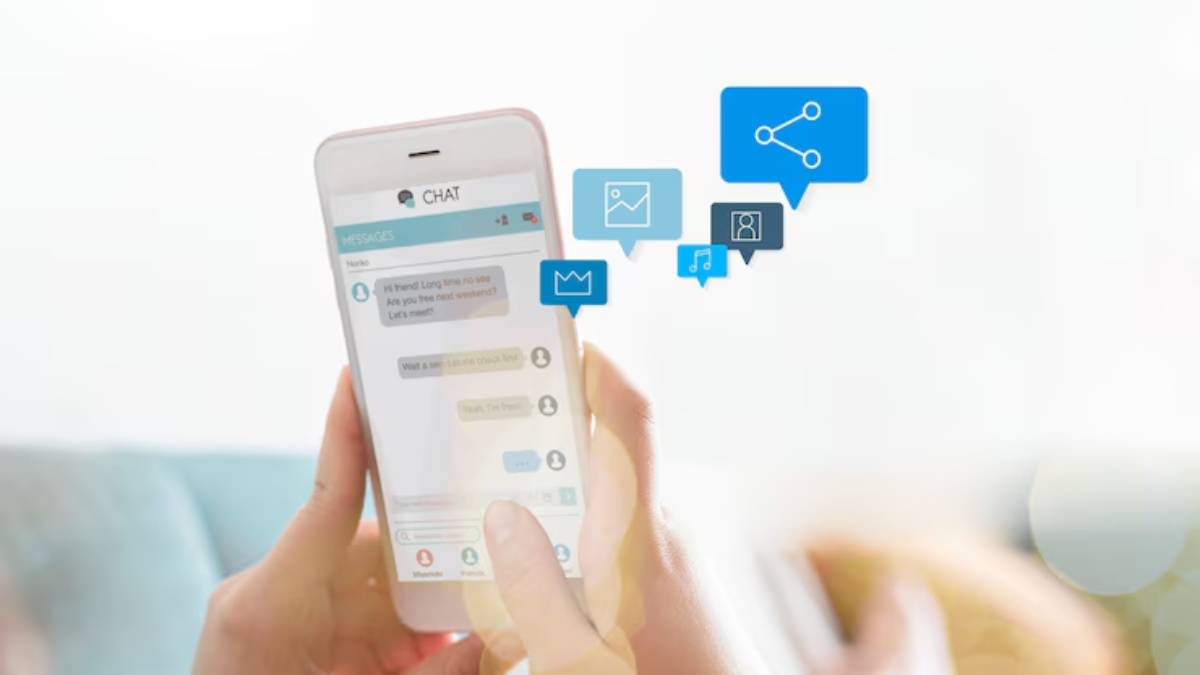The Personal Development Blog

Maintaining Minimalist Digital Habits in a Hyperconnected World
You’ve done the hard work: deleted the distractions, muted the pings, and embraced clarity. But in a world where everything is connected, and connection is everything, how do you stay minimalist with your tech habits?
The truth is, digital minimalism isn’t a one-time detox — it’s a continuous practice. And maintaining it requires more than good intentions. It takes strategy, self-awareness, and a little defiance in the face of modern digital culture.
This article will help you build and sustain a minimalist digital routine, define sustainable tech boundaries, and cultivate a mindful tech lifestyle that survives the endless scroll. Whether you’re weeks into your digital reset or months beyond a detox, this is your roadmap for long-term success.
Why It’s Hard to Maintain Digital Minimalism
The World Won’t Log Off With You

You might want to mute notifications or spend weekends offline, but your job, your social circles, and your online communities probably won’t. That creates tension.
From Slack to school apps, family group chats to fitness trackers, the digital demands don’t stop. Left unchecked, they’ll creep back in and rebuild the clutter you worked hard to clear.
Attention Has Never Been More Monetised
You’re not imagining it. Your attention is a business model. Platforms are engineered to maximise engagement. Algorithms adapt to what hooks you. Notifications are designed to interrupt.
That means staying minimalist requires conscious resistance and strong internal boundaries.
1: Revisit Your “Why” Often
Anchor Your Habits in Values
Minimalist habits fade fastest when they’re based on restriction alone. But when they’re rooted in something meaningful — clarity, focus, creativity, mental health — they’re more likely to stick.
Ask yourself:
- Why did I choose to go minimalist with my tech?
- What do I want more of in my life — and how does tech help or hinder that?
Keep your answers visible. Write them on a post-it, your lock screen, or the first page of your journal. These reminders help you recommit when temptation creeps in.
2: Design a Minimalist Digital Routine
Think in Rhythms, Not Rules
Strict rules break. Rhythms adapt.
Instead of rigid dos and don’ts, build fluid daily patterns like:
- Morning screen-free time (e.g. first hour offline)
- Intentional check-ins (e.g. email at 10 am and 3 pm)
- Wind-down rituals (no devices 30–60 mins before bed)
These rhythms create a predictable space for focus and presence, without the burnout of over-restriction.
Use Tech With Purpose
Ask before every interaction:
“What am I here to do?”
Then do that — and leave. If your phone becomes a portal of aimless tapping, it’s time to pause and reset.
Pair your routines with focus-friendly tech habits, like turning off non-essential notifications or using apps in greyscale.
3: Audit Regularly to Prevent Clutter Creep
Monthly Maintenance Makes All the Difference
Every 30 days, do a quick check-in:
- What apps did I use most? Did they align with my goals?
- Did any new notifications sneak in?
- Have I started scrolling more out of boredom or fatigue?
Delete, mute, or restructure as needed.
Treat your digital life like your wardrobe: if it doesn’t fit, flatter, or serve you, out it goes.
Watch for Digital Drift
Signs you may be drifting:
- You pick up your phone without realising it
- Notifications feel urgent again
- Your screen-free boundaries start slipping
These aren’t failures. They’re signals. Gently course correct.
If you’re feeling overwhelmed, our post on avoiding app overload at work shares strategies to streamline tools before they create chaos.
4: Build Guardrails Into Your Life

Set Environments That Support Your Intentions
Just like a tidy kitchen helps healthy eating, a minimalist environment supports focused tech use:
- No-phone zones: bedrooms, bathrooms, dining tables
- Tech-free times: during meals, before sleep, early mornings
- Greyscale or minimalist modes: visual cues to disengage
Automate focus by removing friction.
Use Social Norms to Strengthen Boundaries
It’s easier to stay intentional when others understand your boundaries. Tell colleagues you check messages at set intervals. Let friends know you turn your phone off after 8 pm.
Share your goals. Invite others to join you. Even a simple message like, “I’m working on a mindful tech routine — I may not reply instantly,” creates space for mutual respect.
5: Make Rest and Boredom Normal Again
Reclaim Unstimulated Time
Modern culture teaches us to fill every spare second. But silence isn’t a void — it’s space for clarity.
Make room in your day for:
- Screen-free walks
- Journaling or sketching
- Looking out the window
- Sitting in stillness without grabbing a device
This is where ideas happen. Emotions surface. Creativity flows.
Make Disconnection Part of Your Week
Try one recurring screen-free habit:
- A tech-free Sunday
- Offline evenings with a book or board game
- A no-scroll lunch break
If you’re ready to go deeper, a weekend digital minimalism reset can provide the recharge you didn’t realise you needed.
6: Embrace Flexibility Without Losing Focus
Minimalism Doesn’t Mean Perfection
Some weeks will be messier than others. That’s okay.
The goal isn’t to never use tech. It’s to use it deliberately.
Give yourself grace when life gets busy.
Focus on small returns:
- One mindful morning
- One reclaimed hour
- One meaningful conversation without distraction
Adjust With the Seasons of Your Life
Your digital needs will shift. During a job search, you may be online more. During a holiday, less.
Let your routines flex with your life stage, energy, and priorities. Long-term success is built on adaptability, not rigidity.
Final Thoughts: Living Lightly in a Digital World
Digital minimalism isn’t about using less tech. It’s about using tech less mindlessly.
When you:
- Revisit your why
- Design intentional rhythms
- Clear clutter consistently
- Set supportive guardrails
- Make space for stillness
- Stay flexible
…you create a lifestyle that’s not just minimalist, but meaningful.
You don’t have to unplug from the world to reclaim your attention. You just need to log in on your own terms.
Your attention is precious. Guard it. Use it. And let it lead you to what matters most.









